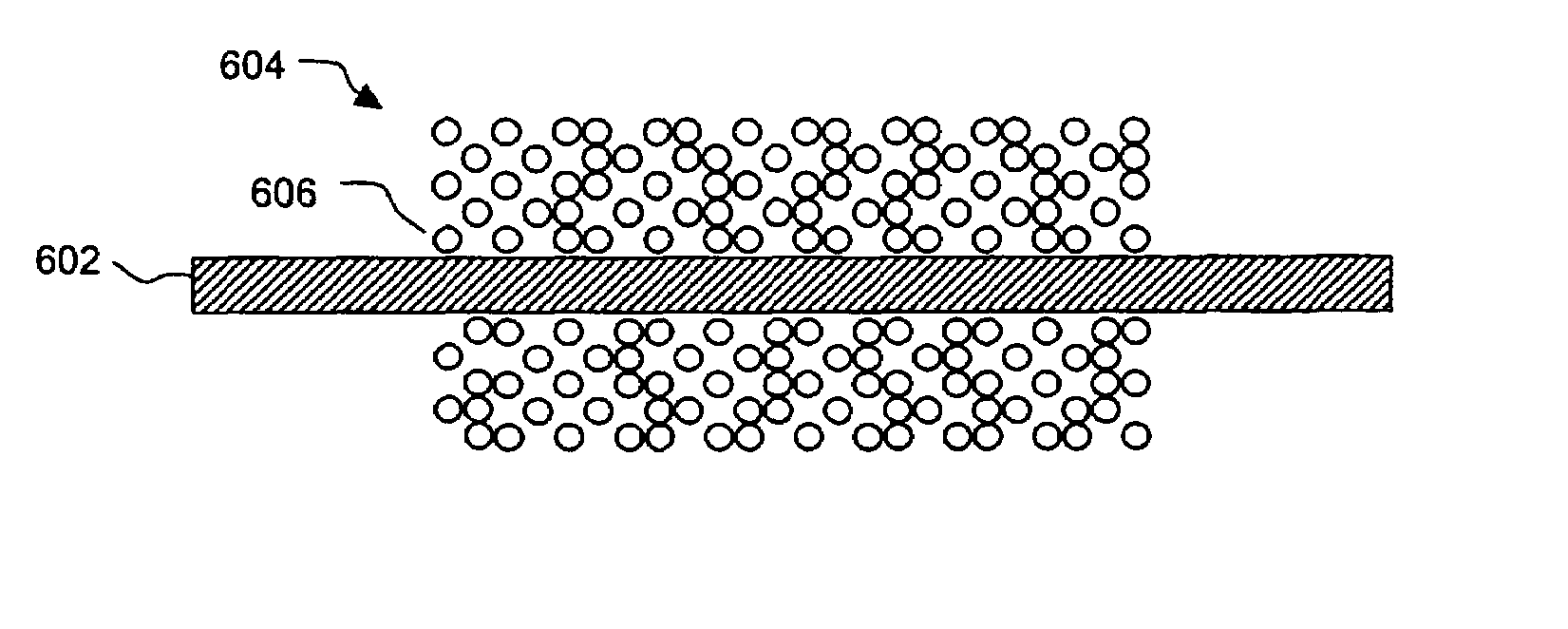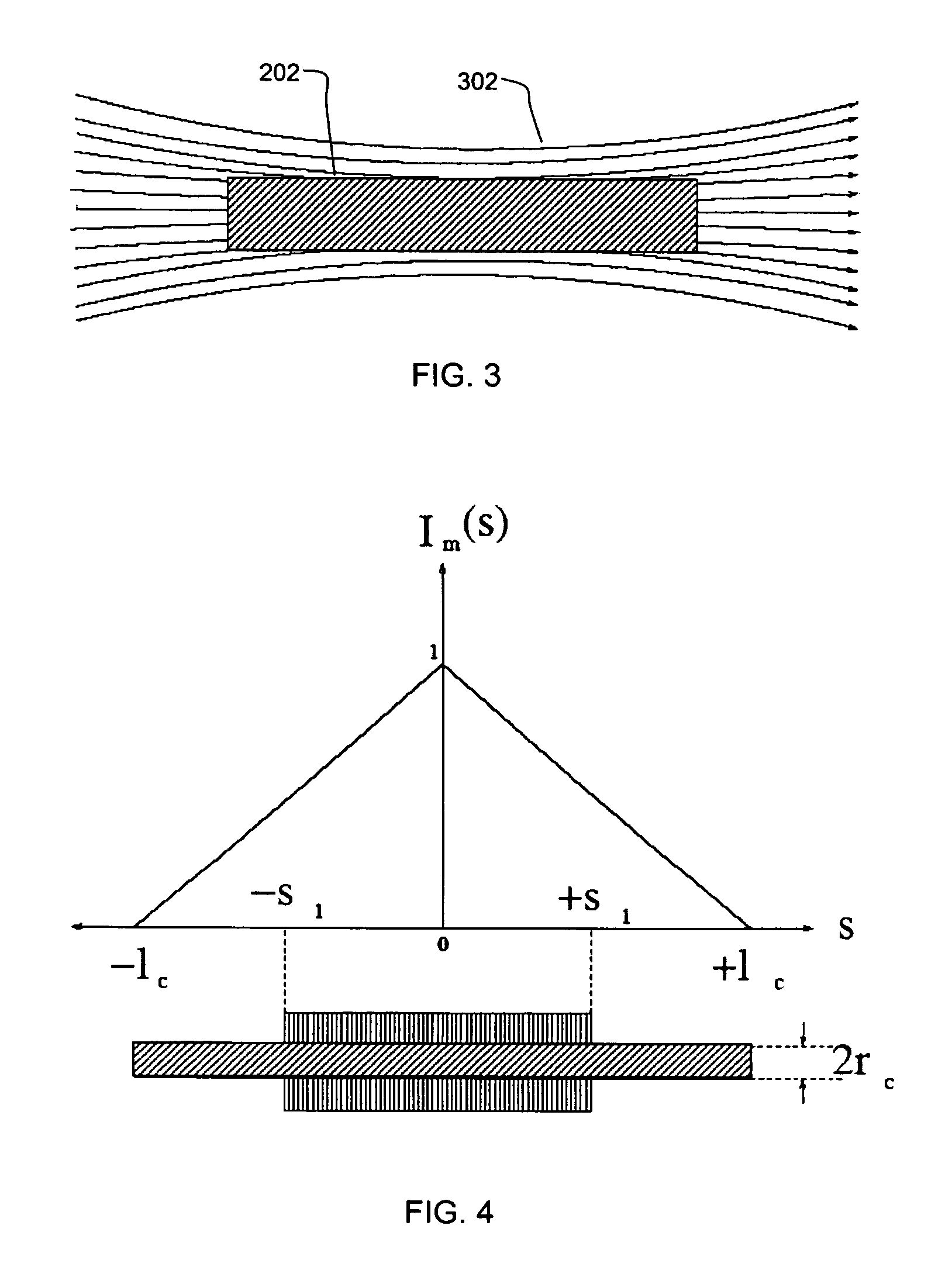Induction magnetometer
a magnetometer and induction technology, applied in the field of magnetometers, can solve the problems of high flight-time cost, limited payload capacity of smaller helicopters, and difficulty in working with conventional induction magnetometers, so as to increase the length-to-diameter ratio, reduce the cross-sectional area of the core, and increase the apparent permeability of the core.
- Summary
- Abstract
- Description
- Claims
- Application Information
AI Technical Summary
Benefits of technology
Problems solved by technology
Method used
Image
Examples
Embodiment Construction
[0042]Improvements to the design of existing orthogonal induction magnetometers are constrained by certain factors. The ability of the core to concentrate the flux is determined by its apparent permeability. The overall amount of flux which passes through the winding is partially determined by the cross-sectional area of the core. The apparent permeability of the core is strongly influenced by its geometry. The longer the core, the higher the length-to diameter ratio and thus the higher the apparent permeability. In ATEM, the length of the induction magnetometers used is limited by the size of the pod in which it is to be mounted. The pod dimensions are constrained by the payload and aerodynamic drag capacity of the towing helicopter. The core diameter determines the cross-sectional area of the core and the apparent permeability of the core. A decrease in core diameter will increase the apparent permeability of the core but will decease the area of the core. These parameters alone w...
PUM
 Login to View More
Login to View More Abstract
Description
Claims
Application Information
 Login to View More
Login to View More - R&D
- Intellectual Property
- Life Sciences
- Materials
- Tech Scout
- Unparalleled Data Quality
- Higher Quality Content
- 60% Fewer Hallucinations
Browse by: Latest US Patents, China's latest patents, Technical Efficacy Thesaurus, Application Domain, Technology Topic, Popular Technical Reports.
© 2025 PatSnap. All rights reserved.Legal|Privacy policy|Modern Slavery Act Transparency Statement|Sitemap|About US| Contact US: help@patsnap.com



